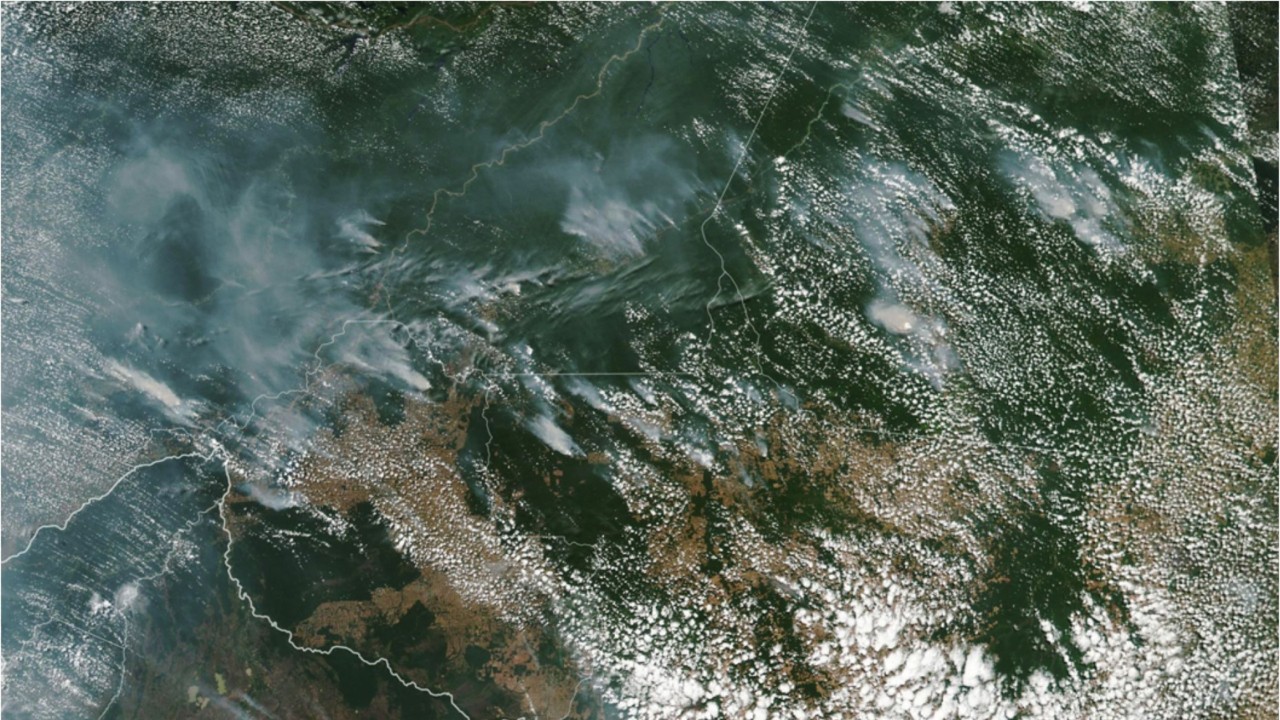Study: Parts of Amazon rainforest now emit more CO2 than what is absorbed
BRAZIL - The Amazon is home to the world’s largest tropical rainforest and is often called the "lungs of the Earth." But a new study shows portions of the rainforest are now emitting more carbon dioxide than they absorb and the carbon sink is in decline due in part to deforestation and climate change.
In the study, published in the journal Nature on Wednesday, researchers investigated the Amazon’s carbon budget and the main drivers responsible for its change.
Researchers performed 590 aircraft measurements of lower-atmosphere concentrations of carbon dioxide and carbon monoxide at four Amazonian sites between 2010 and 2018.
"Southeastern Amazonia, in particular, acts as a net carbon source to the atmosphere," the study authors wrote. "Over the past 40 years, eastern Amazonia has been subjected to more deforestation, warming and moisture stress than the western part, especially during the dry season, with the southeast experiencing the strongest trends."
The scientists also explored the effects of climate change and deforestation trends on carbon emissions at the study sites. They found the intensification of the dry season and an increase in deforestation seemed to promote ecosystem stress, increase fire occurrence and cause higher carbon emissions in the eastern Amazon.
And this isn’t the first study to suggest the change in the Amazon’s carbon budget. In one study published in 2015, researchers found a long-term decline in the carbon sink.
"While this analysis confirms that Amazon forests have acted as a long-term net biomass sink, we find a long-term decreasing trend of carbon accumulation. Rates of net increase in above-ground biomass declined by one-third during the past decade compared to the 1990s," the study authors wrote.
Meanwhile, fires have been breaking out at an unusual pace in Brazil over recent years, causing global alarm over deforestation in the Amazon region.
Deforestation surged after the 2018 election of President Jair Bolsonaro, who repeatedly called for the development of the rainforest. In 2020, deforestation in Brazil’s Amazon reached a level unseen since 2008, according to official data obtained by the Associated Press.
RELATED: The Amazon has lost the equivalent of 10.3 million football fields to deforestation over past decade
In a separate study published in 2018, climate scientist Carlos Nobre of the University of Sao Paulo and Thomas Lovejoy, an environmental scientist at George Mason University, estimated that the "tipping point for the Amazon system" is 20% to 25% deforestation. Without enough trees to create the rainfall needed by the forest, the longer and more pronounced dry season could turn more than half of the rainforest into a tropical savannah, they wrote in the journal Science Advances.
Trees store carbon absorbed from the atmosphere, and the Amazon each year takes in as much as 2 billion tons of carbon dioxide, the greenhouse gas that contributes to global warming.
The billions of trees also release water vapor that forms a thick mist over the rainforest canopy. It rises into clouds and produces rain, affecting weather patterns across South America.
This story was reported from Los Angeles. The Associated Press contributed.


